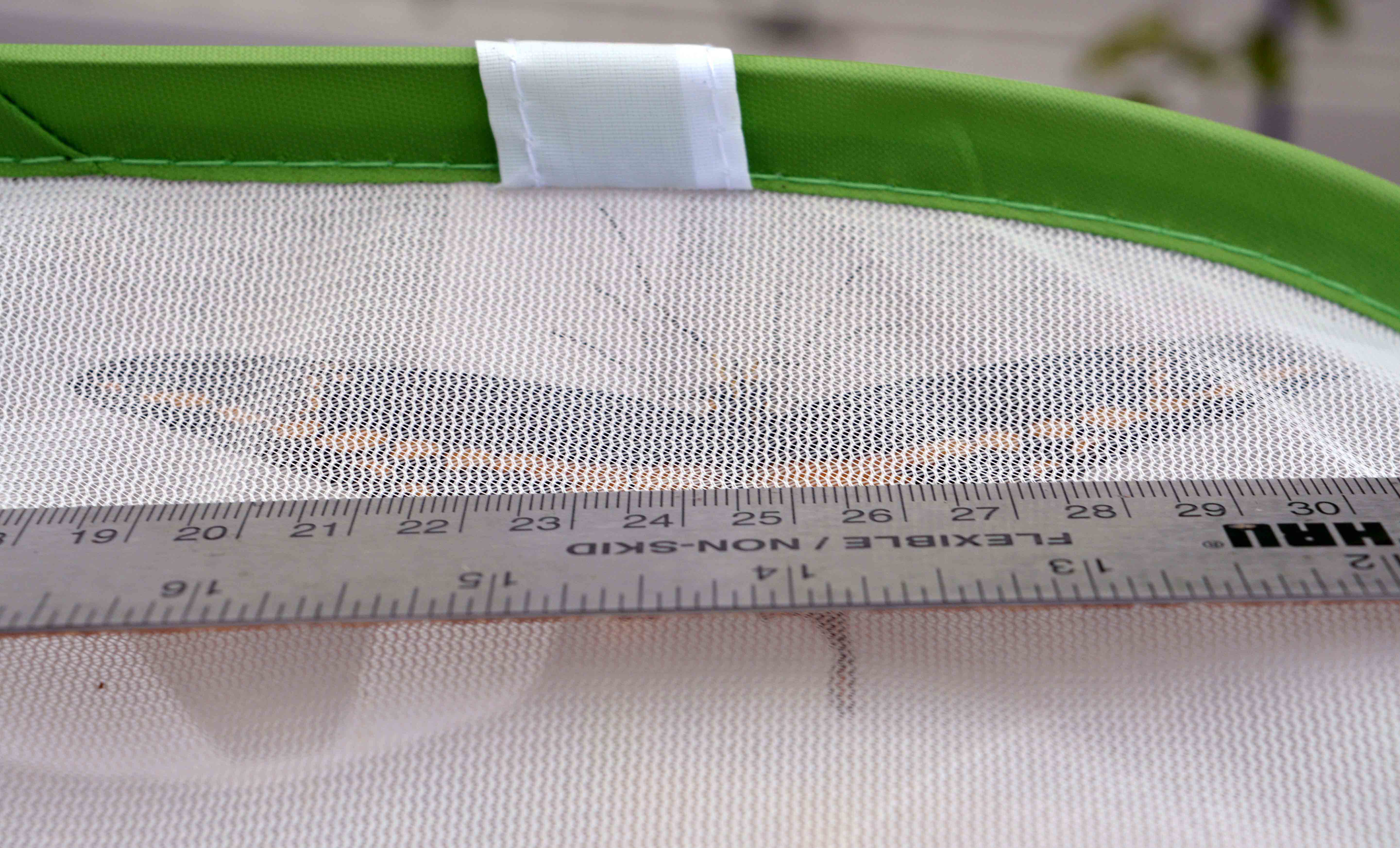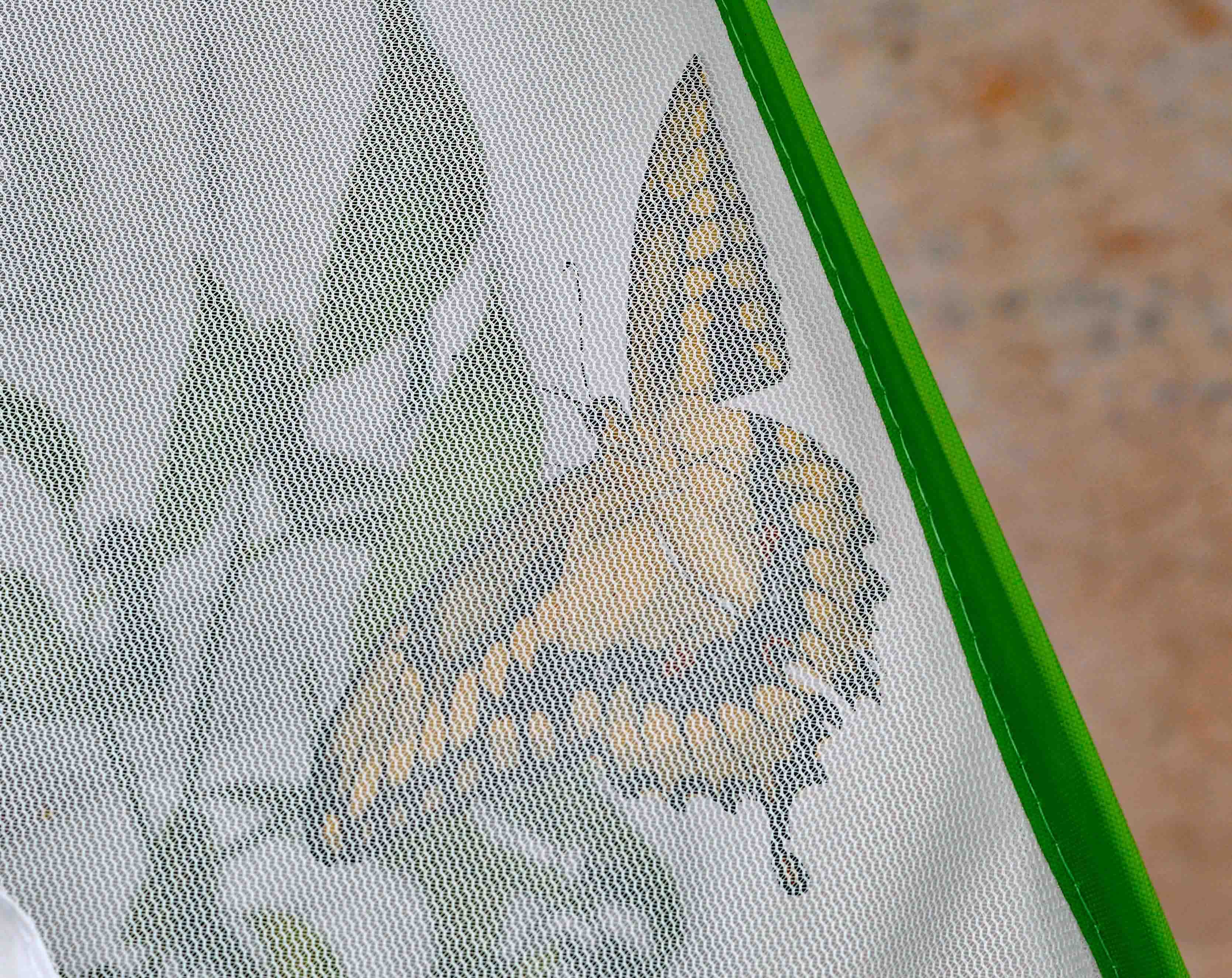Page 1 of 1
P. (Heraclides) rumiko ovipositioin, please help!
Posted: Thu Oct 06, 2022 11:38 pm
by lamprima2
Just netted a huge ovipositing female on the orange tree in my backyard.
I'd like to get some eggs for rearing. Here is my setup (see the pic):
a standard cage with two orange branches, outdoors. Unfortunately, I was unable to find
any young leaves at this time of the year. Is this a problem?
I never tried to get the ova from Papilionidae. Any tricks I should know? Please advise.

- DSC_7909 INet.JPG (677.58 KiB) Viewed 2686 times

- DSC_7920 INet.jpg (685.09 KiB) Viewed 2676 times
Re: P. (Heraclides) rumiko ovipositioin, please help!
Posted: Fri Oct 07, 2022 2:36 pm
by kevinkk
I've found that at least for caterpillars, they seem to avoid young leaves of all plant species. I have read that when transferring wild caught
butterflies to captivity, it may help to leave them in darkness for 24 hours, then try and feed them.
I'm not sure why young leaves are avoided, even with tough leaves like eucalyptus, I think it's something to do with toxins in young leaves.
Re: P. (Heraclides) rumiko ovipositioin, please help!
Posted: Fri Oct 07, 2022 3:35 pm
by adamcotton
The orange branches must reach the top of the cage where the female is. She won't go down to them.
Adam.
Re: P. (Heraclides) rumiko ovipositioin, please help!
Posted: Fri Oct 07, 2022 5:46 pm
by palikan
It is good to put a lamp above the cage - light and HEAT (at least 2-3 hours) will provoke the female to lay eggs. You have to feed the female.
As Adam wrote - the leaves must touch the top side of the cage, they can be bent on the entire top side. Put something under the glasses of water.
I would also put in much more branches with leaves.
Re: P. (Heraclides) rumiko ovipositioin, please help!
Posted: Fri Oct 07, 2022 6:15 pm
by palikan
I would also add - it is always better to have a planted plant already growing in a pot, than cut off the branches of the plant. I have observed that the butterfly "feels" this difference and may reluctantly lay eggs.
Re: P. (Heraclides) rumiko ovipositioin, please help!
Posted: Sat Oct 08, 2022 3:25 am
by lamprima2
Thanks to everyone who replied: this was really helpful!
I'll update you guys in a couple of days.
Re: P. (Heraclides) rumiko ovipositioin, please help!
Posted: Thu Oct 13, 2022 6:33 am
by lamprima2
My “elementary school project" was a disaster: the female died after two days in the enclosure, and no eggs have been laid. Just one question: it was recommended by palikan to “feed the female”. I put a dish with rotten fruits in the cage, it doesn’t look like she was attracted to the food. What should I do next time?
Re: P. (Heraclides) rumiko ovipositioin, please help!
Posted: Thu Oct 13, 2022 8:19 am
by adamcotton
If she wasn't fed every day she will die rather quickly in a cage like that.
Papilionidae do NOT eat fruit. You should have used about 5% honey solution, not sugar as that can crystallise in the gut. Particularly for males it is a good idea to add a few drops of Gatorade to add minerals, but it is not necessary for females. Put the honey solution in a plastic lid soaking some tissue paper and hold the butterfly between thumb and forefinger with wings closed. place the butterfly on the edge of the tissue containing the honey solution. Her legs will taste the honey and usually the butterfly will unfurl the proboscis and start to feed. Sometimes it is necessary to unfurl the proboscis using a needle and roll it out so the tip is in the honey solution and then she will start feeding. Butterflies should be fed at least once a day, twice if it is hot.
Adam.
Re: P. (Heraclides) rumiko ovipositioin, please help!
Posted: Thu Oct 13, 2022 8:22 am
by adamcotton
I should add that just putting a dish of honey solution in the cage will not work. The butterfly will not recognise it as food and fly down to feed by itself. However, if you need to unfurl the proboscis to initiate feeding, after the first time the butterfly will usually start feeding itself after you place it on the honey soaked tissue.
Adam.
Re: P. (Heraclides) rumiko ovipositioin, please help!
Posted: Thu Oct 13, 2022 4:58 pm
by kevinkk
adamcotton wrote: ↑Thu Oct 13, 2022 8:22 am
I should add that just putting a dish of honey solution in the cage will not work. The butterfly will not recognise it as food and fly down to feed by itself. However, if you need to unfurl the proboscis to initiate feeding, after the first time the butterfly will usually start feeding itself after you place it on the honey soaked tissue.
Adam.
Adam is spot on, I've used hummingbird nectar that contains electrolytes for a nectar substitute. Butterflies are a little more work than moths
to keep in captivity, I have kept sphinx that will feed on their own from a dish with floating flowers, but butterflies are different, and even
trying to have enough flowers for any butterfly or moth that feeds on nectar alone is difficult without a lot of space. You'll spend all morning
feeding butterflies.. moving them from one cage to the next-
Re: P. (Heraclides) rumiko ovipositioin, please help!
Posted: Thu Oct 13, 2022 6:21 pm
by adamcotton
Here's a photo of a set-up using clothes pegs to feed a swallowtail (photo by Nigel Venters):

- Feeding and laying 1.jpg (160.61 KiB) Viewed 2522 times
Adam.
Re: P. (Heraclides) rumiko ovipositioin, please help!
Posted: Thu Oct 13, 2022 8:34 pm
by lamprima2
Adam and kevinkk,
Thank you both for the advice regarding butterfly feeding!
As I said, I've never tried to get eggs from
Papilionidae. I am going to try again.